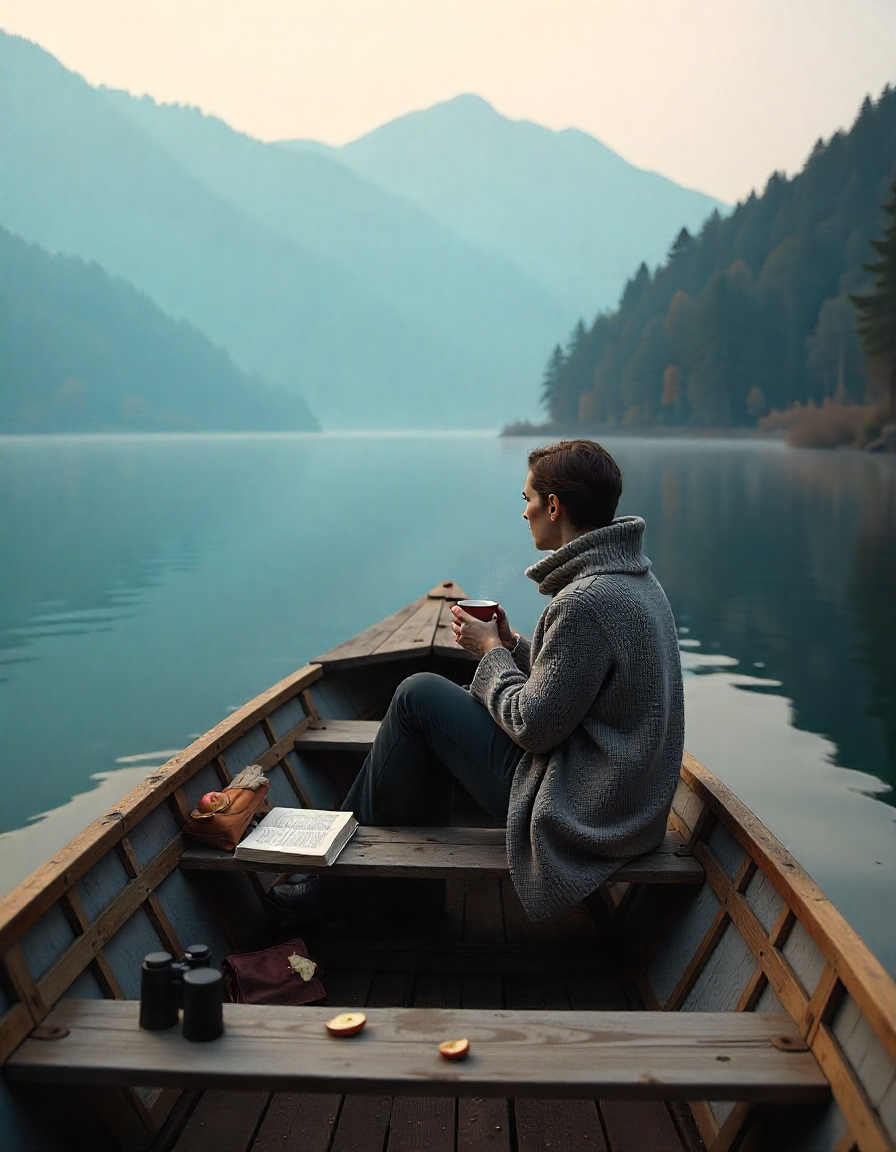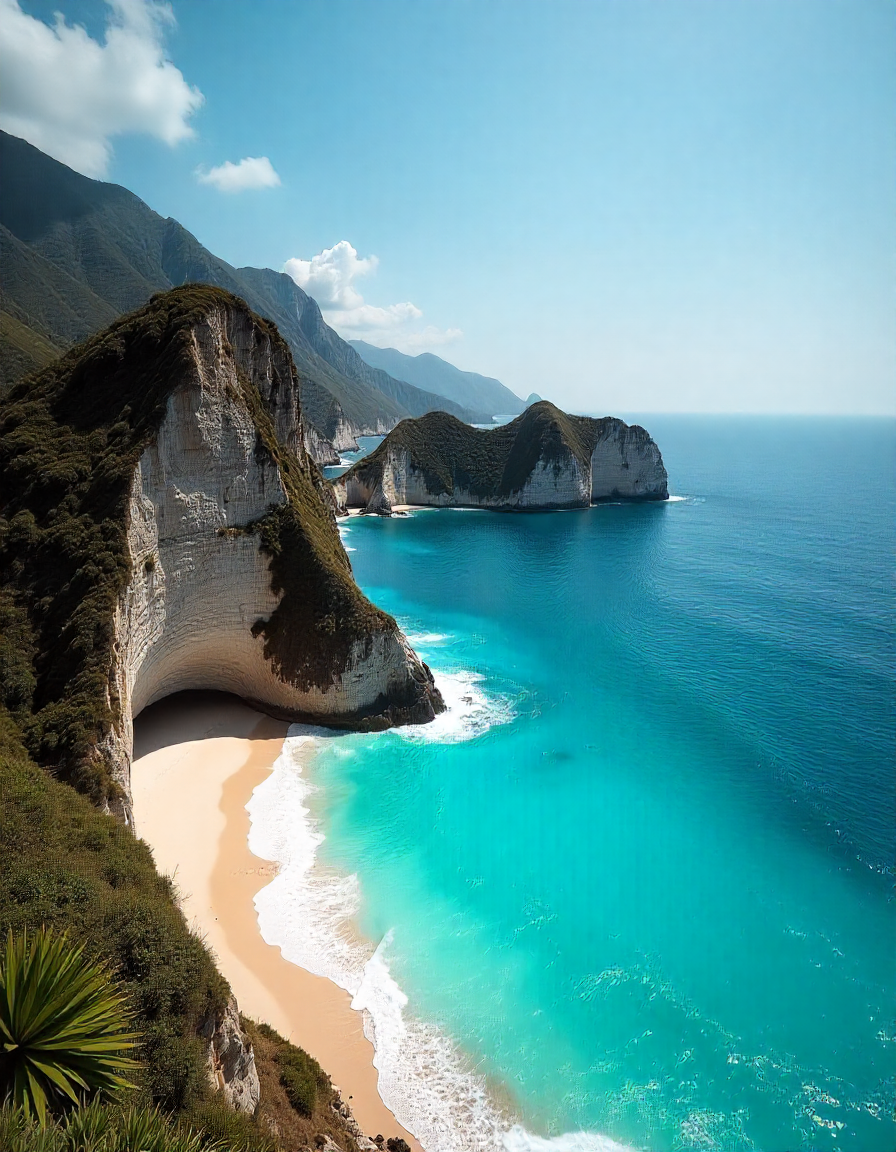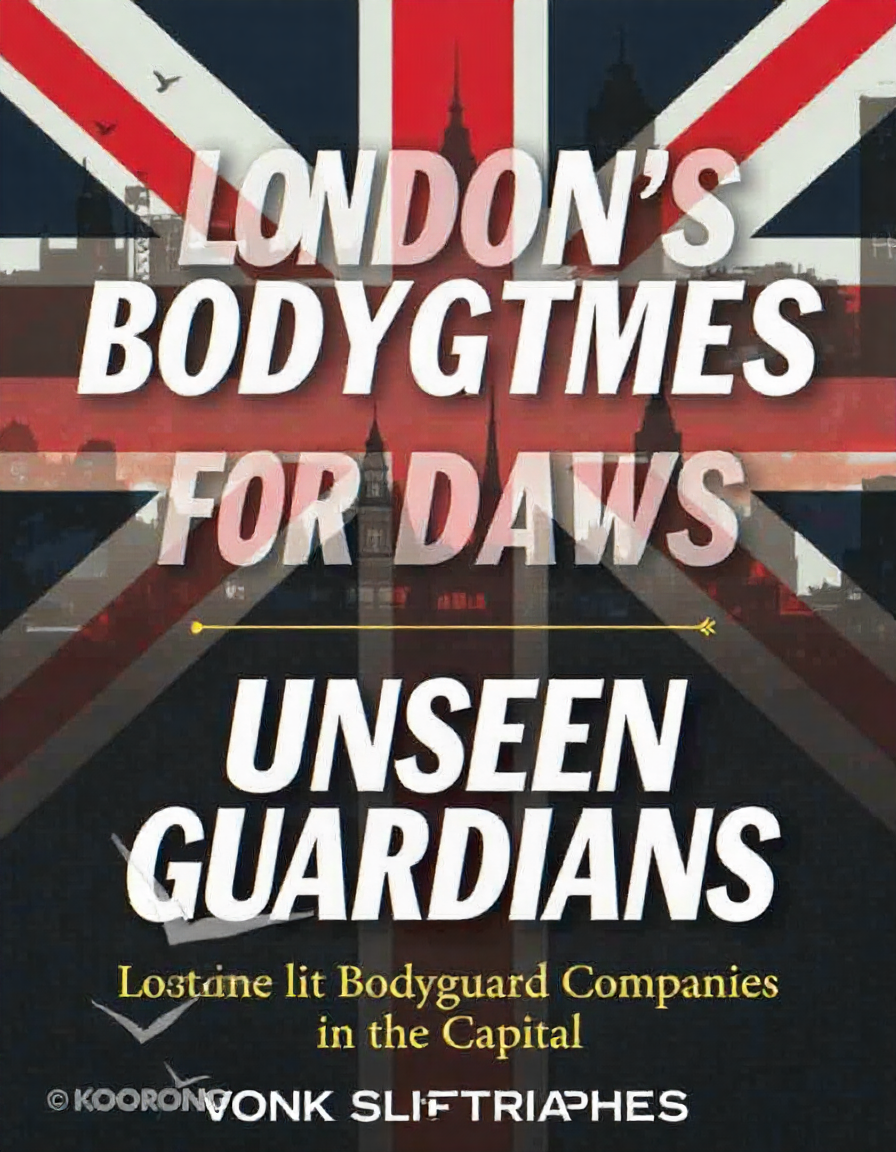There’s a particular kind of magic that happens when you stop chasing sights and start settling into a place. It’s the moment you realize the true essence of travel isn’t collected in passport stamps or Instagram grids, but in the quiet spaces between—the conversations overheard in a village square, the rhythm of a local market, the unexpected kindness of a stranger. This is the Slovenia I discovered, not by rushing between its famous lakes and caves, but by allowing myself to linger, to get slightly lost, and to listen.
Slovenia often gets overlooked, sandwiched between its more boisterous neighbors Italy, Austria, and Croatia. Those who do visit typically make a lightning tour: Lake Bled for the morning, Postojna Cave for the afternoon, Ljubljana for dinner. They leave with pretty pictures, but miss the country’s quiet heartbeat. I came seeking something different—a connection, not just a checklist.
My journey began not in the postcard-perfect Lake Bled, but in the lesser-known, soulful Lake Bohinj. Arriving at dawn, the lake was a sheet of molten silver, mist clinging to the forested slopes of Mount Triglav. There were no crowds, just the gentle lapping of water and the distant call of a cuckoo. I rented a small wooden rowboat, its oars creaking softly as I pushed away from the shore. For an hour, I drifted, watching the mist burn off to reveal water so clear I could see trout darting below. This wasn’t a sight to be captured; it was a moment to be absorbed. Later, walking the trail along the lake’s edge, I met an elderly woman gathering wild garlic. “Dobro jutro,” she greeted, offering me a sprig. Its pungent aroma filled the air – a taste of the forest itself.
Lingering meant embracing the slow rhythm of the Soca Valley. Instead of rushing through the emerald river’s highlights, I based myself in a tiny village called Kobarid, forever linked to Hemingway’s “A Farewell to Arms.” Days were spent not just hiking the dramatic trails, but sitting in riverside cafes, sipping locally brewed beer and watching the kayakers navigate the turquoise rapids. The real revelation came at a small gostilna (family-run inn) tucked away on a side street. The owner, a robust man named Marko, served me jota – a hearty bean, sauerkraut, and potato soup – and told stories of his grandfather herding sheep in the high pastures. “People come, they take pictures of the river, they eat, they go,” he said, wiping his hands on his apron. “But the Soca, she is not just water. She is the lifeblood here. You must sit with her, listen.” He was right. The next day, I found a secluded spot by the riverbank and simply sat for hours, mesmerized by the water’s constant, powerful flow and the changing light on the surrounding Julian Alps.
The true art of lingering revealed itself most profoundly in the Karst region, known for its caves and windswept landscapes. While Postojna Cave draws busloads, I sought out the smaller, wilder Skocjan Caves. Even there, I avoided the main tour times. Walking through the colossal caverns with just a handful of others, the silence was profound, broken only by the drip of water and the distant rush of an underground river. It felt like stepping into the earth’s subconscious. But the lingering happened afterwards, in the village of Dutovlje. I stayed at a working farm (turizem na kmetiji), where my hostess, Ana, showed me how to make potica, the intricate rolled nut cake that’s a Slovenian staple. Kneading the dough in her warm kitchen, the scent of walnuts and cinnamon filling the air, felt more connective than any grand monument. That evening, sharing the fresh potica and a glass of deep red Teran wine (unique to the Karst soil) with Ana and her family on their stone terrace, watching the sun set over the vineyards, was travel at its most authentic – shared, simple, deeply human.
Ljubljana, the capital, offered a different kind of lingering. Instead of hitting all the museums, I spent my days observing the city’s pulse. Mornings began at the Central Market, not just to buy fruit, but to watch the vendors banter with regulars, to smell the fresh herbs and flowers, to taste the local cheeses and honey recommended with pride by the stallholders. I discovered the joy of kava (coffee) culture – not rushing a takeaway, but settling into a seat at an outdoor cafe along the Ljubljanica River for an hour or more, watching the world drift by: students cycling, artists sketching, tourists gliding by in the iconic Plecnik-designed boats. The city’s compact size encourages wandering. Getting deliberately lost in the old town’s cobbled alleys led me to tiny independent bookshops, artisans crafting leather goods, and hidden courtyards bursting with greenery. One afternoon, I stumbled upon a rehearsal in the beautiful Križanke monastery complex – free classical music echoing off ancient stone walls. It wasn’t listed in any guide; it was simply the city sharing its soul.
The most profound lesson in lingering came unexpectedly in the Logar Valley, a glacial paradise often described as one of Europe’s most beautiful alpine valleys. I had planned to hike, but heavy rain rolled in, shrouding the peaks in mist. Disappointed at first, I took refuge in a small mountain hut. The owner, a weathered shepherd named Branko, invited me to sit by the crackling fire. Over bowls of hearty goveja juha (beef soup) and chunks of dark bread, he spoke not of scenic viewpoints, but of the valley’s history, the cycles of farming life, the challenges of preserving such a place. He pointed to a faded photograph on the wall – his grandfather with his flock in the very same meadow outside. “The mountains, they are always here,” Branko said, stirring the fire. “People rush up, take a picture, rush down. They see the shape, but not the spirit. To know this place, you must feel the rain on your face, smell the pine after the storm, sit quiet and hear the silence.” The rain cleared the next day, revealing a valley washed clean and impossibly green. But it was Branko’s words, and the hours spent by that fire, that truly allowed me to feel the Logar Valley’s spirit.
Slovenia taught me that the most valuable travel experiences aren’t found in the grandest sights or the most efficient itineraries. They are found in the pauses, the unplanned encounters, the willingness to slow down enough to let a place reveal itself on its own terms. It’s about trading the checklist for curiosity, the snapshot for a shared moment, the rush for the deep satisfaction of truly arriving. The art of lingering isn’t about doing less; it’s about experiencing more deeply. It’s about understanding that the soul of a place, like the soul of a person, can only be discovered when you take the time to listen, to sit quietly, and simply be present. Next time you travel, try it. Choose one place, not ten. Spend a morning in a single cafe. Walk without a map. Ask a local for their favorite spot, not the top attraction. You might just discover, as I did in Slovenia’s quiet corners, that the most unforgettable journeys happen not when you’re rushing towards the next thing, but when you finally allow yourself to arrive right where you are.




